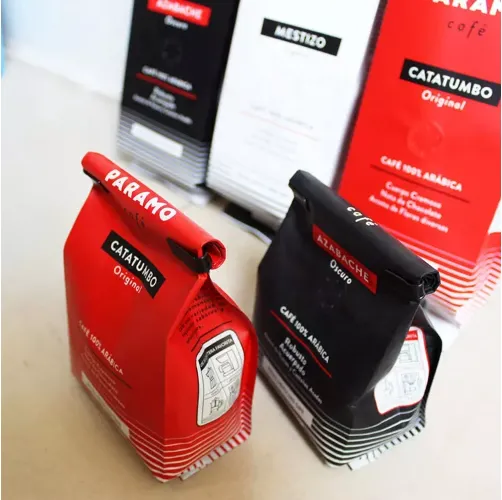offset printing method
Understanding the Offset Printing Method A Comprehensive Overview
Offset printing is a widely used printing technique that has revolutionized the way we produce images and texts. This method has become the dominant form of printing for commercial purposes due to its efficiency, high-quality results, and cost-effectiveness, particularly for large volume runs.
At its core, offset printing operates on the principle of transferring ink from a plate to a rubber blanket and then to the printing surface. This indirect transfer process allows for a high level of detail and precision, making it suitable for printing everything from books and magazines to brochures and packaging. Understanding the nuances of this method can highlight its advantages and some limitations.
How Offset Printing Works
1. Pre-Press Preparation The process begins with creating a printing plate, typically made from aluminum. The image or text to be printed is transferred onto this plate using a photographic or digital method. In offset printing, the design is transferred in reverse, thus ensuring that when it is printed, it appears correctly.
2. Ink Application The plate, once prepared, is mounted on a printing press. As the press operates, the plate is coated with ink which adheres only to the image area. The non-image area is treated to repel the ink, ensuring crisp and clean results.
3. Transferring the Image After the ink is applied, it is then transferred from the plate to a rubber blanket. This intermediary step is crucial as it allows the ink to be evenly distributed and adjusted, minimizing imperfections. Finally, the rubber blanket presses the ink onto the desired substrate, whether it be paper, cardboard, or plastic.
4. Drying and Finishing Once printed, the material may go through a drying process, especially if a large quantity of ink is applied. Finishing touches, such as cutting, folding, or binding, follow to create the final product that is ready for distribution.
Advantages of Offset Printing
The advantages of offset printing are numerous, making it the preferred choice for many businesses
- High-Quality Output Offset printing produces sharp and clear images, with consistent quality throughout the printing run. The greater the volume, the better the quality, as the plates wear in and ensure a uniform application of ink.
offset printing method

- Cost Efficiency While the initial setup costs can be higher than other printing methods, such as digital printing, offset printing becomes more economical as print runs increase. This is particularly beneficial for large orders, as the cost per unit decreases.
- Versatility Offset printing can accommodate a wide variety of stock and substrates, including different paper weights and finishes. This makes it ideal for intricate designs and varied applications.
- Color Accuracy This technique is capable of producing a vast range of colors through CMYK (cyan, magenta, yellow, and black) ink combinations. It is particularly advantageous for businesses requiring precise color matching.
Limitations of Offset Printing
Despite its advantages, offset printing does have some limitations.
- Setup Time The initial preparation for offset printing can be time-consuming, making it less suitable for short runs or quick print jobs. Businesses requiring immediate results may find digital printing more advantageous.
- Less Suitable for Short Runs For small quantities, the setup costs in offset printing can outweigh the benefits, often making digital printing a more viable option.
- Environmental Considerations Traditional offset printing processes often involve chemical inks and solvents, raising environmental concerns. However, advancements in eco-friendly inks and processes are addressing these issues.
Conclusion
Offset printing remains a cornerstone of the printing industry due to its remarkable quality, efficiency, and cost-effectiveness for large runs. By understanding its principles, advantages, and limitations, businesses can better decide when to utilize this printing method. As advancements continue, offset printing is expected to adapt further, ensuring its relevance in an ever-evolving digital landscape. Whether producing marketing materials or high-quality publications, offset printing offers a reliable solution to meet diverse printing needs.













